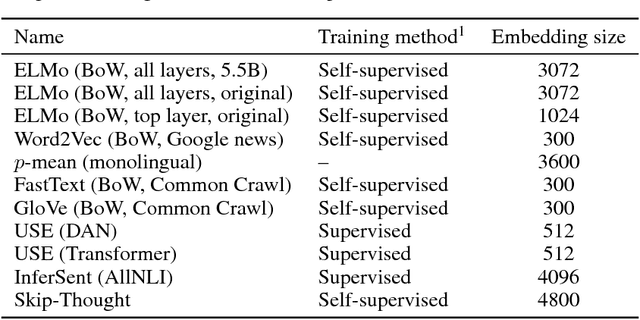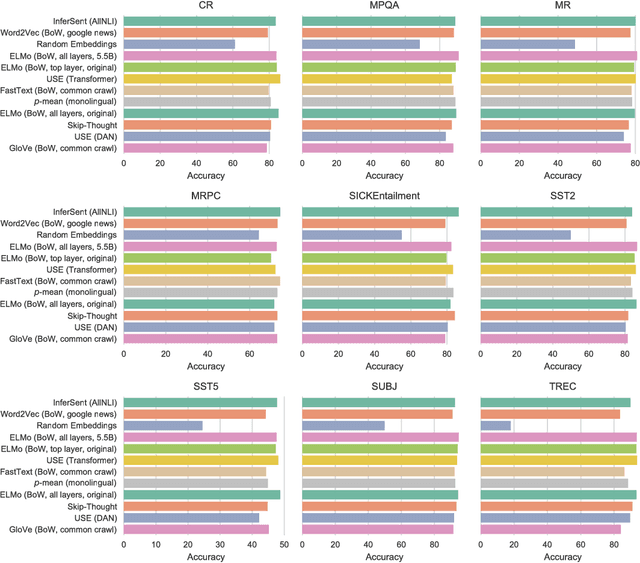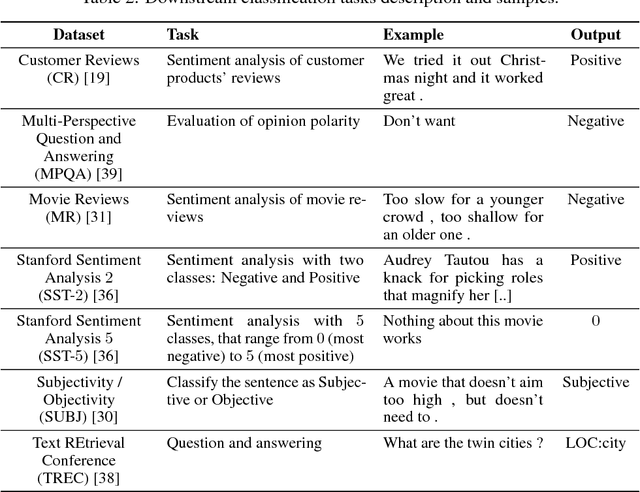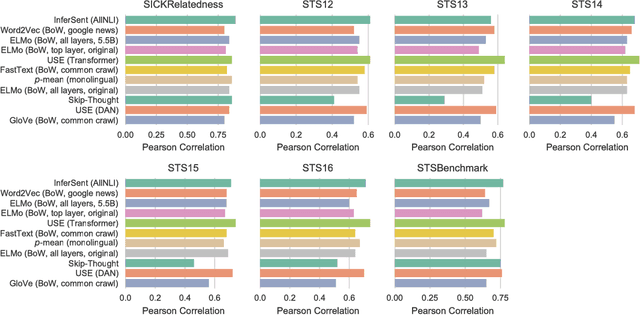Thomas S. Paula
A Proposal for Intelligent Agents with Episodic Memory
May 07, 2020

Abstract:In the future we can expect that artificial intelligent agents, once deployed, will be required to learn continually from their experience during their operational lifetime. Such agents will also need to communicate with humans and other agents regarding the content of their experience, in the context of passing along their learnings, for the purpose of explaining their actions in specific circumstances or simply to relate more naturally to humans concerning experiences the agent acquires that are not necessarily related to their assigned tasks. We argue that to support these goals, an agent would benefit from an episodic memory; that is, a memory that encodes the agent's experience in such a way that the agent can relive the experience, communicate about it and use its past experience, inclusive of the agents own past actions, to learn more effective models and policies. In this short paper, we propose one potential approach to provide an AI agent with such capabilities. We draw upon the ever-growing body of work examining the function and operation of the Medial Temporal Lobe (MTL) in mammals to guide us in adding an episodic memory capability to an AI agent composed of artificial neural networks (ANNs). Based on that, we highlight important aspects to be considered in the memory organization and we propose an architecture combining ANNs and standard Computer Science techniques for supporting storage and retrieval of episodic memories. Despite being initial work, we hope this short paper can spark discussions around the creation of intelligent agents with memory or, at least, provide a different point of view on the subject.
Evaluation of sentence embeddings in downstream and linguistic probing tasks
Jun 16, 2018



Abstract:Despite the fast developmental pace of new sentence embedding methods, it is still challenging to find comprehensive evaluations of these different techniques. In the past years, we saw significant improvements in the field of sentence embeddings and especially towards the development of universal sentence encoders that could provide inductive transfer to a wide variety of downstream tasks. In this work, we perform a comprehensive evaluation of recent methods using a wide variety of downstream and linguistic feature probing tasks. We show that a simple approach using bag-of-words with a recently introduced language model for deep context-dependent word embeddings proved to yield better results in many tasks when compared to sentence encoders trained on entailment datasets. We also show, however, that we are still far away from a universal encoder that can perform consistently across several downstream tasks.
 Add to Chrome
Add to Chrome Add to Firefox
Add to Firefox Add to Edge
Add to Edge